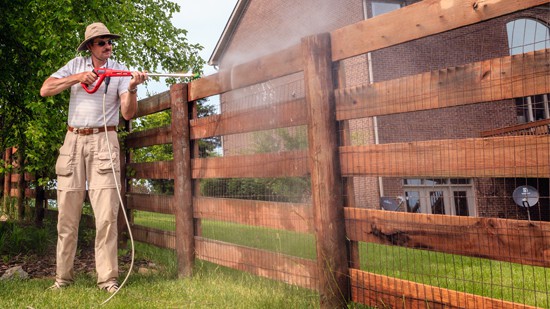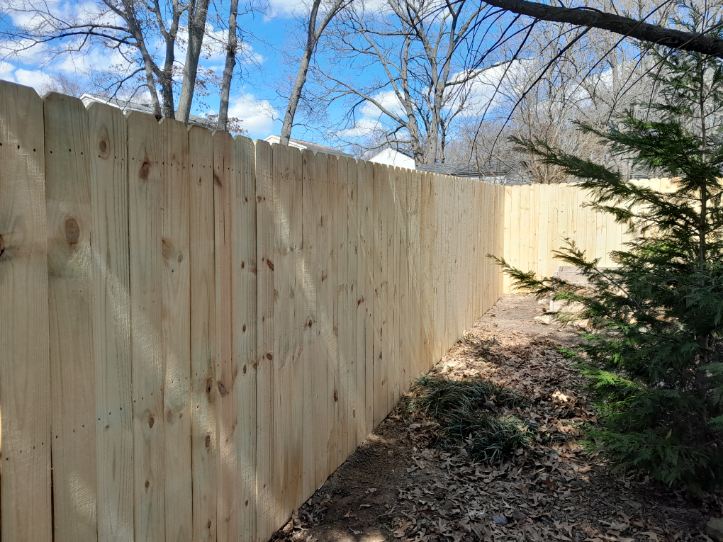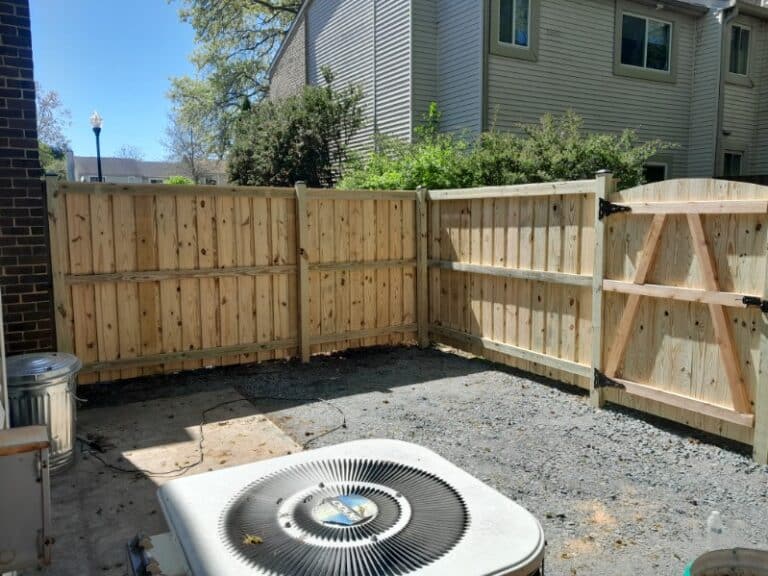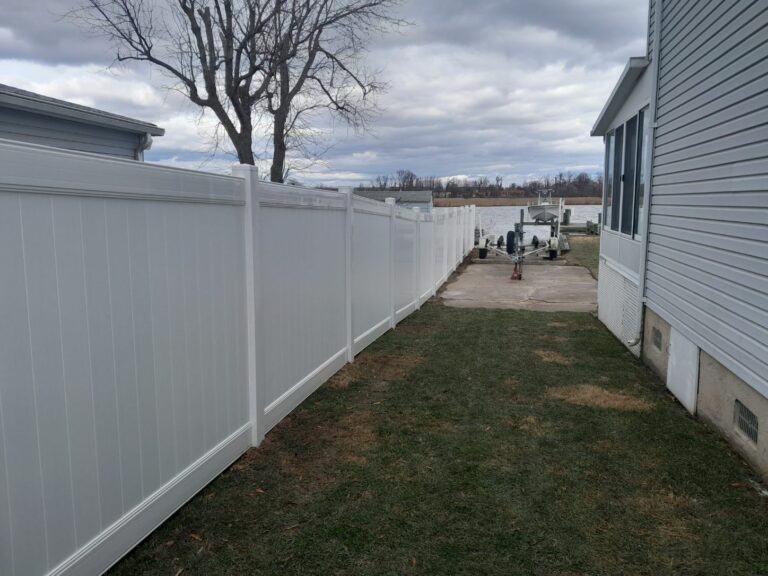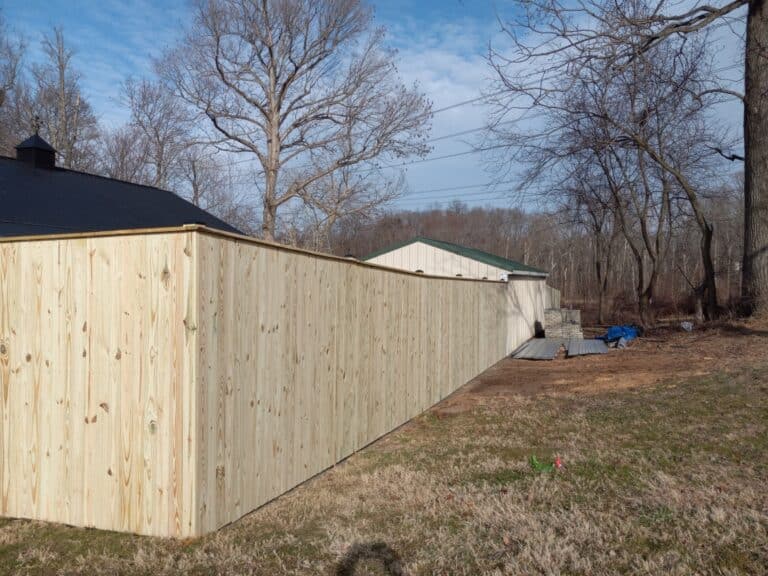In spite of lingering winter weather in many places, it will be soon be time to turn our attention to spring time tasks. When you’re planning your spring cleaning, don’t forget to think about what kind of maintenance your fence might need this spring! Here are 3 steps to effective spring fencing maintenance.
1. Inspect your fence
Take advantage of one of those first warm, dry, sunny days to make a thorough inspection of your fence. This could be a big job if you have a fencing along a long property line, but it’s a vital part of maintaining your fence. While you’re inspecting your fence, watch for:
- Discolored or faded areas
- Dirt
- Signs of insect damage
- A generally dingy look
- Rust, on a metal fence
- Cracks or broken parts
Make a written list or take pictures as you go along, so that you can remember all the problem areas.
2. Make a maintenance plan
Once you’ve inspected your fence, sit down and make a plan for spring maintenance. The content and complexity of your plan will depend on the problems that you’ve found, and the type of fence that you’re caring for.
Vinyl Fencing
If you have a vinyl fence, the chances are good that you haven’t found much that needs attention. You should plan to clean your fence, especially if it looks generally dingy, or you can see a dirt line from blowing rain or dirty snow. If, however, your fence was damaged by falling tree limbs or other heavy objects, you will need to call a fencing company to discuss repairs.
Wood Fencing
As with vinyl, your fence is likely to need a good cleaning. Pressure washing is often an effective way to clean a wood fence. If you’ve found damage due to insects or rot, it’s important that you call a reliable fencing company to assess and repair the damage as soon as possible. Along with cleaning, your wood fence may need to be stained.
Metal Fencing
Since most metal fencing is extremely durable, it is perhaps the least likely to require any maintenance in the spring. If, however, you’ve found signs of rust, or bent fencing, you should contact a fencing company to assess the damage.
3. Decide on some extras
Regular maintenance is the most important thing that you can do to keep your fencing in good condition and looking as good as new. But if you’re feeling a little blah about your fence, there are other things that you could do to freshen things up.
If your fence is wood, you could decide to stain it in a different shade. Look at your house exterior, the rest of your property, and even neighboring homes for inspiration. If your home has any exterior wood trim, you could try to make your fence match more closely.
You can also change up your landscaping to make your fence appear to a better effect. Take the height and style of your fence into consideration here. Unless you’re actually trying to hide your fence, place shorter plants in front of lower fences, and taller plants in front of taller fences. Just be sure to keep a distance of at least one foot between wooden fencing and plants, prevent moisture buildup on the wood.
A little effort pays off with spring fencing maintenance
Regular seasonal maintenance is a relatively small effort that will pay large dividends across the life of your fence. A quality fence that is well maintained will add value to your property for years to come. If you have any questions, or need a professional touch for repairs and maintenance, contact us here at All Around Fence, LLC for advice, or a free quote.

